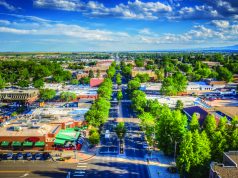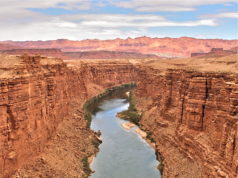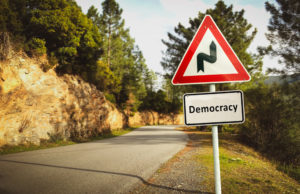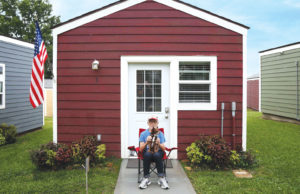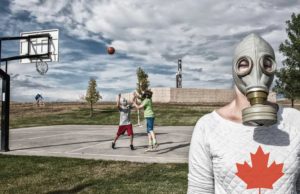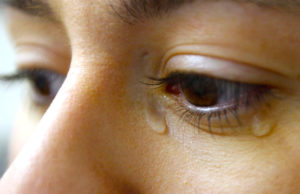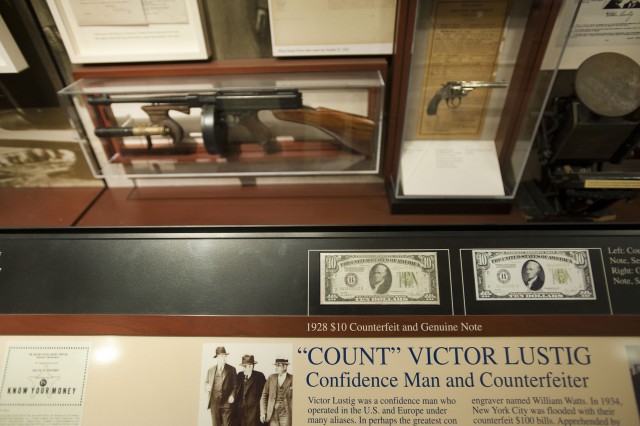
It is not listed in visitor guides, and if any
camera-toting tourists in shorts and sneakers should show up, they
wouldn’t get past the front door or the reception desk behind the
bullet-proof glass.
This is the headquarters of the Secret Service, the
federal law enforcement agency charged with protecting the life of the
president and battling financial fraud.
On the first floor, not far from the front lobby, is the agency’s small museum. It is, unsurprisingly, closed to the public.
The museum, which is no bigger than a few hundred
square feet, is open only to the agency’s 6,000 employees and official
visitors. An occasional academic is admitted, said Special Agent
Its collection of artifacts, including items from
assassination attempts, is unlike anything at the Smithsonian or the
National Archives.
The window from the limousine carrying President
“Here’s the standard issue Tommy gun that was used
until 1960,” noted the museum’s archivist, pointing to the submachine
gun on the wall.
The archivist strolled through the displays, occasionally noting interesting items. The museum, at the moment, was empty.
The archivist is a middle-aged man who wears trim
suits with white shirts and speaks in hushed tones. Under Secret
Service policy, his identity is secret.
He watches over a remarkable collection of tools and
artifacts used by the Secret Service and its opponents. Along one wall,
the museum honors the 35 men and women who died in the line of duty
since the agency was founded in 1865. At the building entrance,
employees are reminded of the service’s iconic motto: “worthy of trust
and confidence.”
In addition to guarding the life of the president
and his family, as well as other officials and visiting dignitaries,
the Secret Service has the responsibility of fighting various types of
financial fraud and counterfeiting of U.S. currency.
“This is the printing press used by Count Victor Lustig,” the archivist said.
Lustig was a confidence man who worked with engraver
The “king of counterfeiters”
Phony
line the museum walls. They are posted next to legitimate bills, along
with magnifying glasses for a closer comparison.
Missing from the phony money are the fine engraving
lines and embossing that are on legitimate bills. Sometimes the color
scheme is wrong or the Benjamin Franklin doesn’t look quite as sharp as
he does on legitimate bills.
On an upper floor, there are several wall displays
with millions of dollars worth of currency that no longer circulates,
including the
The displays are located behind locked doors in an
area that houses the agency’s forensic scientists and currency experts,
who trace the origins of counterfeit bills. They may be some of the
world’s best counterfeiters as well.
“We counterfeit new currency before it comes out,”
an official said. “We want to assess how difficult it is to counterfeit
with common printing and art supplies.”
Like nearly everyone in the building, the official’s identity could not be divulged.
———
(c) 2010, Los Angeles Times.
Visit the Los Angeles Times on the Internet at http://www.latimes.com/
Distributed by McClatchy-Tribune Information Services.


